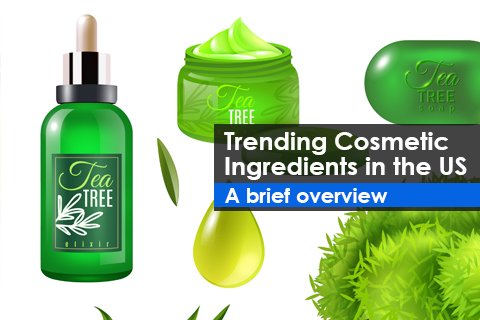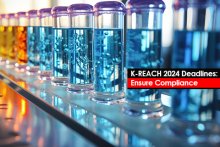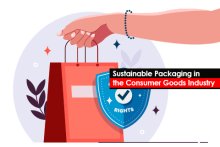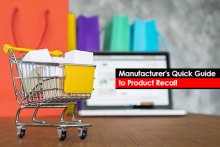Nowadays, cosmetic products have become a basic necessity for consumers across the world. Consumers, in turn, have their own set of concerns and limitations regarding what they want to use on their skin. And, it is needless to say that the industry is taking steps towards addressing these concerns and making it clear to use safe and effective cosmetic ingredients in their products. While a lot of such ingredients have been the talk of the industry, there are a few that have been trending specifically in the United States (US) market.
A brief analysis of the US household product database showcased that Glycerin is one of the most popular cosmetic ingredients used in personal care products. However, preservatives used in cosmetic products are on the radar of the Regulatory bodies, owing to various safety concerns, especially in children. Despite the restrictions, preservatives, such as Parabens and Isothiazolinones, are widely used in personal care products; the same is the case with Colorants, which witnesses varying regulations in different markets and are also used in various products. In addition to this, it is well known that there is also a recent shift in consumer's inclination towards natural/botanical-derived products.
To give you a better perspective of ingredients, we have captured the top 5, most frequently used cosmetic ingredients for the above functions in the below table:
|
Top 5 Ingredients |
Top 5 Preservatives |
Top 5 Colorants |
Top 5 Botanicals |
|
Glycerin |
Methylisothiazolinone (MIT) |
Titanium dioxide |
Xanthan gum |
|
Propylene glycol |
Methylchloroisothiazolinone (CIT) |
Acid Blue 9 |
Aloe barbadensis extract |
|
Dimethicone |
Methylparaben |
Mica |
Aloe vera leaf extract |
|
Titanium dioxide |
Propylparaben |
D&C Red #33 (C.I. 17200) |
Sunflower seed oil/extract |
|
Methylisothiazolinone |
Benzyl alcohol |
FD&C (or D&C) Yellow #5 (C.I. 19140) |
Wheat protein, hydrolyzed |
The database and analysis represent the history of use of these ingredients, along with their concentration range (in few cases) in personal care products marketed in the US, which may also represent other markets, except for Regulatory differences. Having said that, it is crucial for cosmetic manufacturers in the US or for companies aiming for the US market-entry to use safe and effective ingredients to be compliant. Does your cosmetic product have the permitted ingredients? Let an expert analyse the same. Consult.





